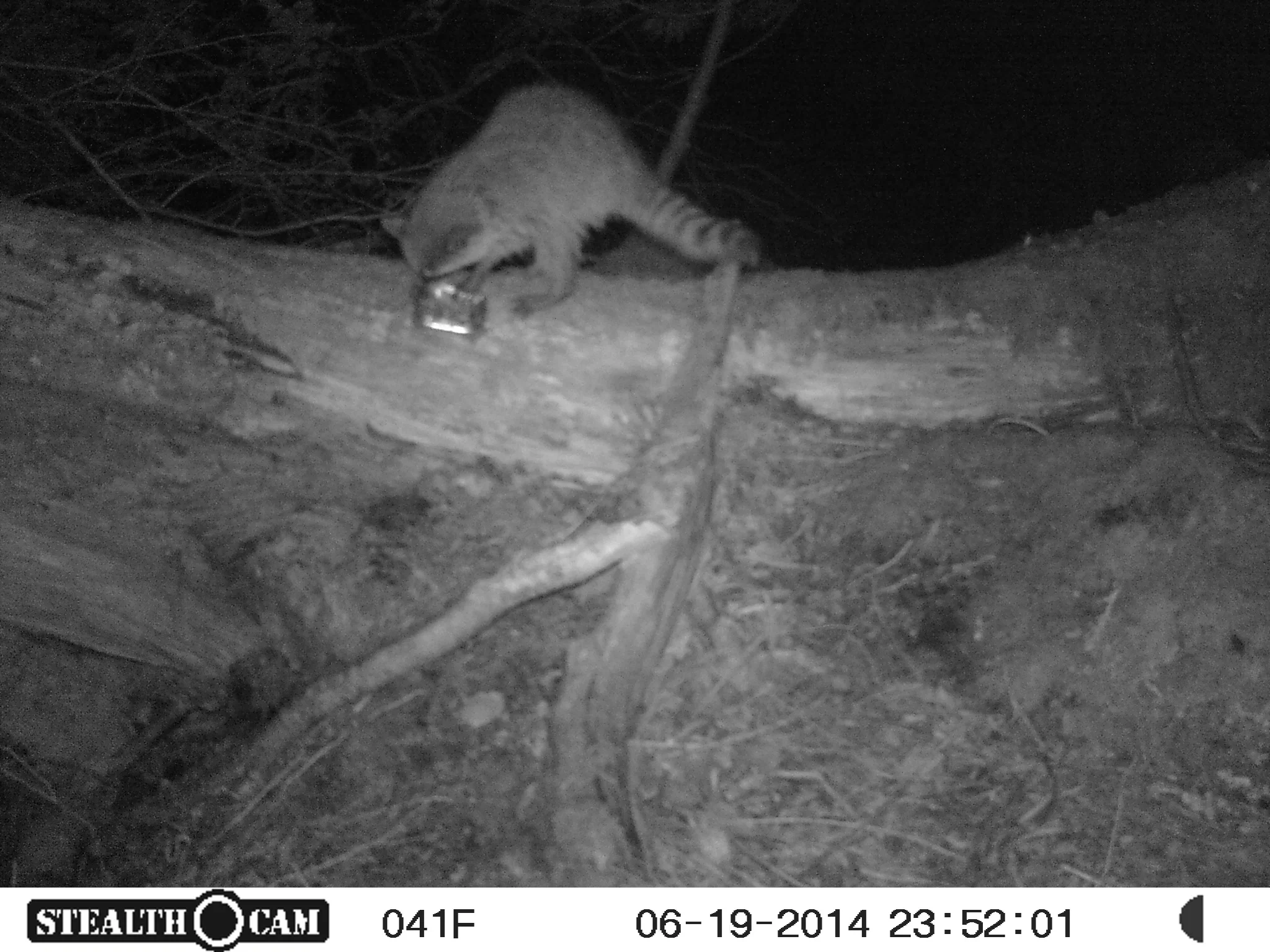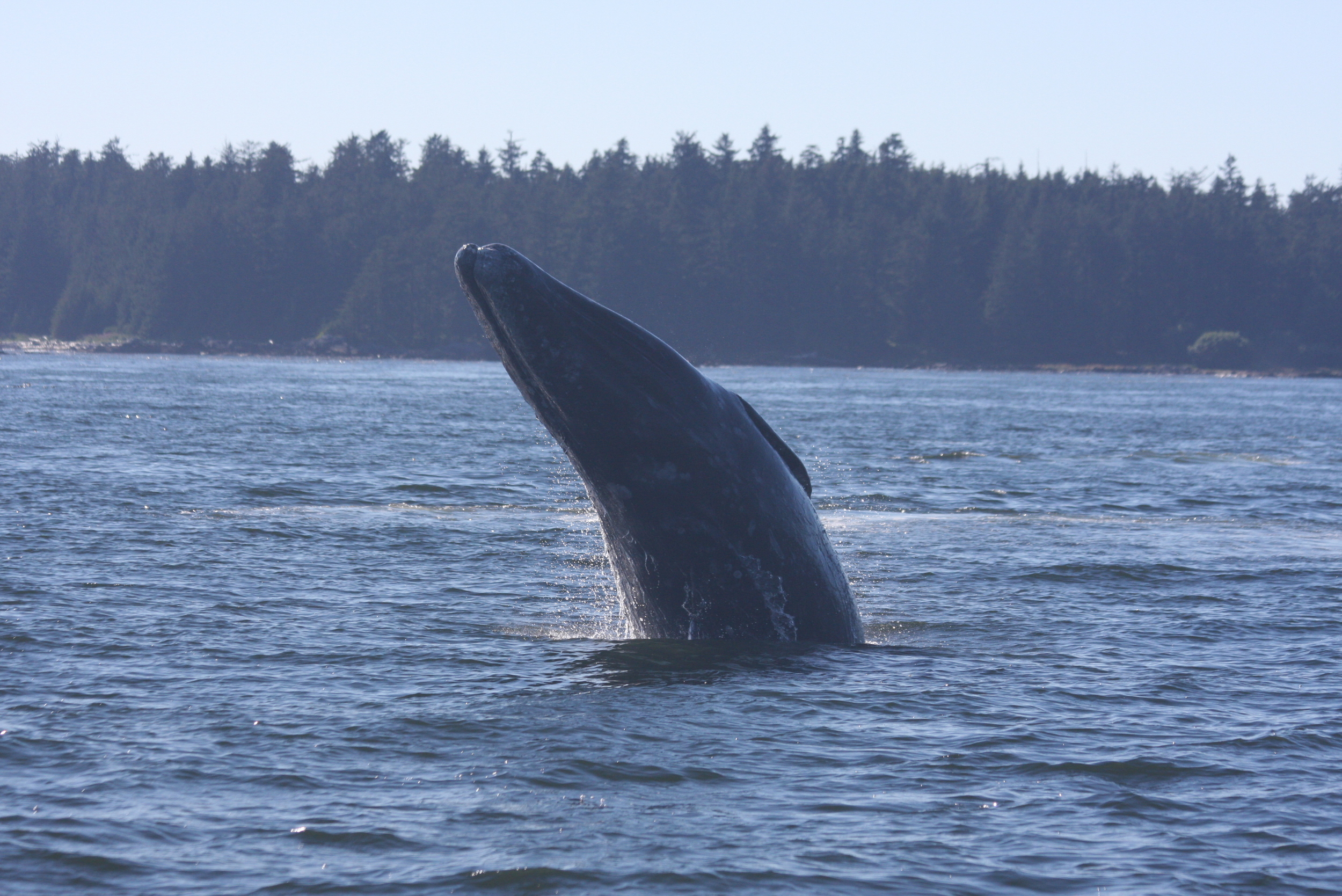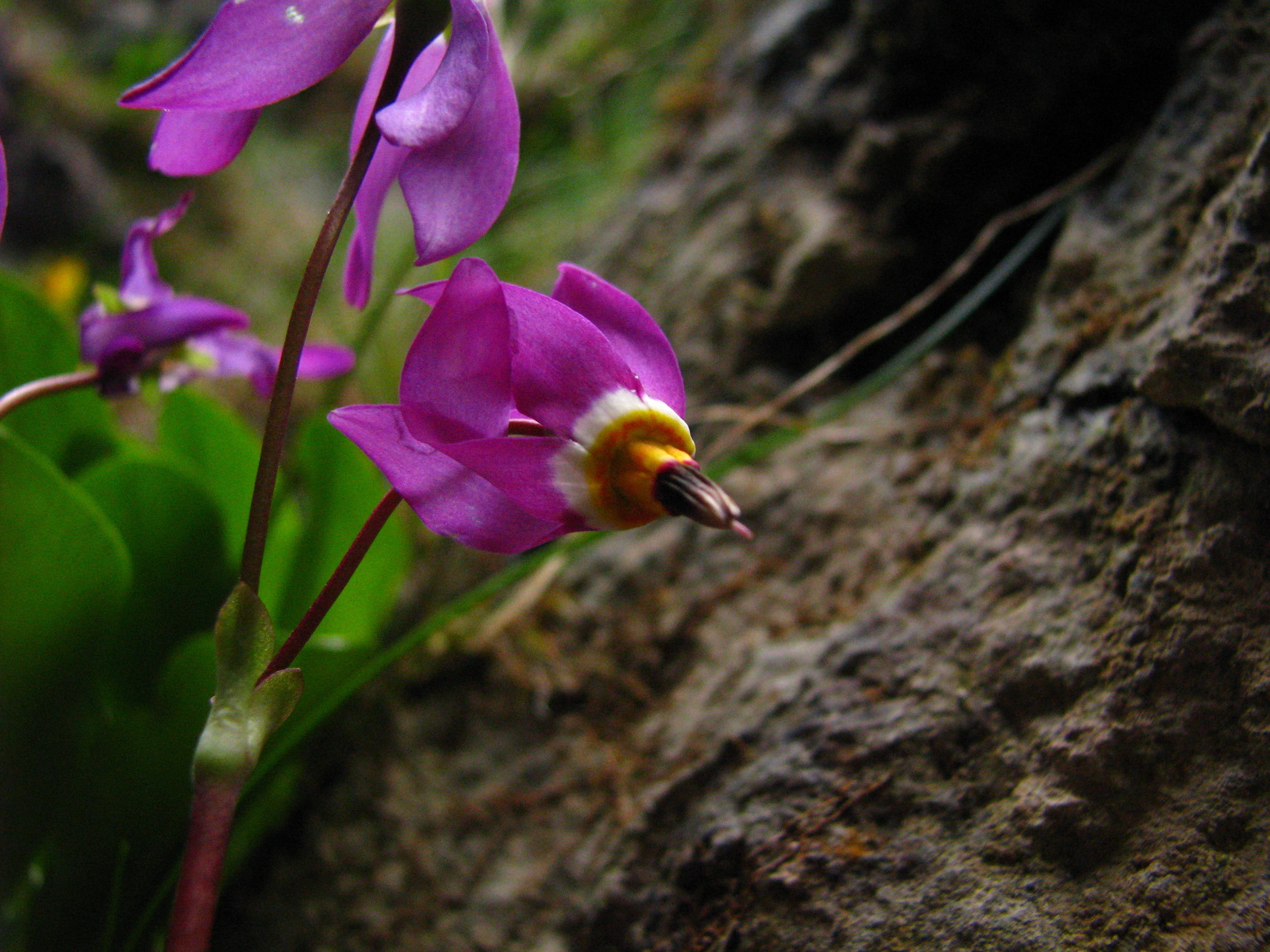Our Research
LBCS’s field research station on East Limestone Island allows visitors and local students to gain hands-on biological research experience in a wilderness setting. Our main focus is long-term ecological monitoring of the marine and terrestrial ecosystems in the Laskeek Bay area of Haida Gwaii.
Research methods are taught to volunteers and students by two field biologists and our work is guided by a Science Advisory Committee, headed by world-renowned seabird biologist Tony Gaston. Our data is published annually; the LBCS Field Season Summaries and science reports are available in PDF format from this website.
LBCS monitors seabirds, shorebirds, songbirds, marine mammals, cavity nesting birds, vegetation and invasive species. The field research station is active from May through July each year and we have an office in the Village of Skidegate year-round.
What We Study
Seabirds and Shorebirds |
Forest Birds |
| Ancient Murrelets | Cavity Nesters |
| Cassin's Aucklets | Songbirds |
| Pigeon Guillemots | Bald Eagles |
| Black Oystercatchers | Peregrine Falcons |
| Glaucous-winged Gulls | Birds of prey |
Introduced Species
We study the following introduced species to find out how they interact with and change the native ecosystems:
Deer
Squirrels
Racoons
Marine Mammals
We record all sightings of marine mammals and keep detailed year-to-year records. These records are sent to a large number of people doing research on individual species. A sighting can occur at anytime - while on a sea survey, at the observation point on East Limestone Island, from the cabins or the shoreline. We identify the species and record the number of animals, their behaviour, location, direction of travel and time of encounter.
Killer whales
Humpback whales
Grey whales
Rare Plants
We inventory plant species on East Limestone Island, record blooming dates for flowering species and map the species and their locations. We also track rare and introduced species. We have complied a comprehensive plant checklist
for the region, and we also study a number of lichen.

































May |
June |
July |
| Camp set-up | Glaucous-winged Gull surveys | Camp shutdown |
| Install plastic funnels for chick montoring | Black Oystercatcher surveys** | |
| Set up Pigeon Guillemot nestbox camera systems | Monitor PIGU camera data | |
| Host students from Project Limestone and boat visitors | Birds of prey monitoring | |
| Ancient Murrelet chick work (remote camera montoring) | Check nest sites for Cassin's Aucklets and Red-breasted Sapsuckers | |
| Check nest sites for birds of prey, Cassin's Aucklets, Black Oystercatchers and Glaucous-winged Gulls | ||
Conducted in all months | ||
| Daily bird checklist | ||
| Monitor wildlife trees | ||
| Plant surveys | ||
| Conduct at-sea surveys | ||
| Marine mammal watch | ||
| Watch for squirrel and raccon activity | ||
**Last weeks of May and June are spent conducting Black Oystercatcher surveys in Gwaii Haanas. During this time we only spend one or two nights on Limestone Island, the rest is spent camping in Gwaii Haanas. Each day involves +8hours in our skiff surveying the various islands for oystercatchers and their nests.




